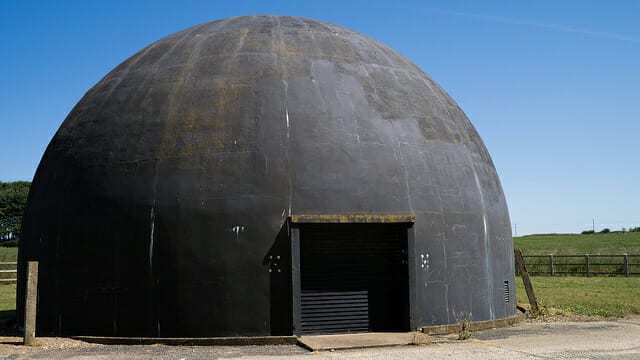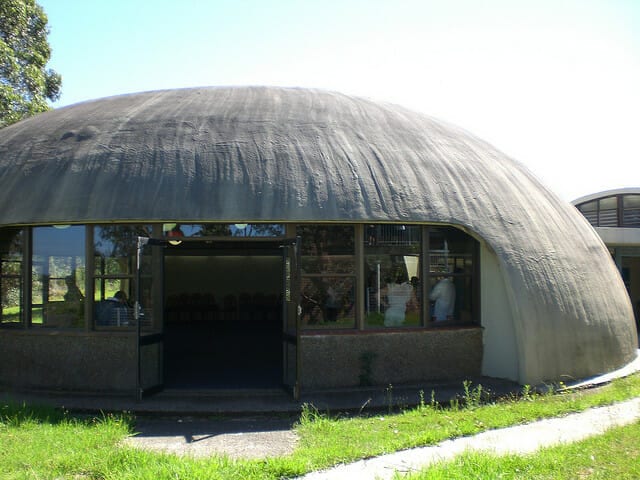
The Basics of Inflatable Concrete Dome Construction
Concrete has been part of the construction industry since ancient times and it’s the most widely used material in the world. Now it’s getting a facelift…especially for new projects that require dome-shaped structures.

Researchers at the Vienna University of Technology developed a construction method that eliminates the need for building excessively expensive structures in the shape of domes. Rather than using wood to create domes, these researchers have been using flat slabs of concrete and an air cushion that inflates and bends the concrete to form a shell. They built an experimental model to test their theories in Vienna on the Aspang Grounds.
How Inflatable Concrete Domes Work
The shape of the initial concrete slab is an essential part of this construction process, and it comes in a few segments to slide into wedge-shaped spaces. The air cushion that’s used is made of welded sheets of plastic, and a steel cable tightens and lifts the concrete from the outside and at the center. The dome’s shape holds the pieces in place, and a plaster layer can be added to reinforce the strength. It’s a unique design that takes standard architectural practices to a creative level.
“We decided not just to create a simple, rotationally symmetric shape,” says TU Vienna’s Benjamin Kromoser. “Our building is a bit drawn-out, it cannot be described in simple geometric terms. We wanted to show that using our technology, even complex free-form structures can be created.”
General Dome Requirements
- Cost-efficient to build and maintain
- Resistant against fire, wind, and weather conditions
- Able to withstand deterioration over time
- Comfortable and aesthetically pleasing
Uses for Domes
Domes are useful structures for rail tracks, weather-resistant safety shelters, and even energy efficient homes. Following TU Vienna’s research and work, the Austrian Federal Railways commissioned an inflatable concrete dome project for a deer pass over high speed rail tracks in Carinthia. Kromoser estimates that at least half of construction costs can be saved in dome projects by using his team’s techniques.

One architect by the name of Nicoló Bini has used wood, steel, and concrete materials with an air bladder to create his quirky and efficient Binishell domed homes that are designed to be permanent homes and withstand volcanoes, earthquakes, and other natural disasters. They’re most commonly found in developing countries, and when locally-sourced materials are used, they can be as affordable as $3,500 apiece. Better yet, the balloons filled with air can be reused up to 100 times.
“We’re proposing an alternative to low-cost housing that’s better from both an environmental and humanitarian standpoint,” he says in an interview. “We have a permanent product that’s not only greener but faster to build than other systems.”
Photo credit: Gioconda Beekman and BobMeade via Flickr



